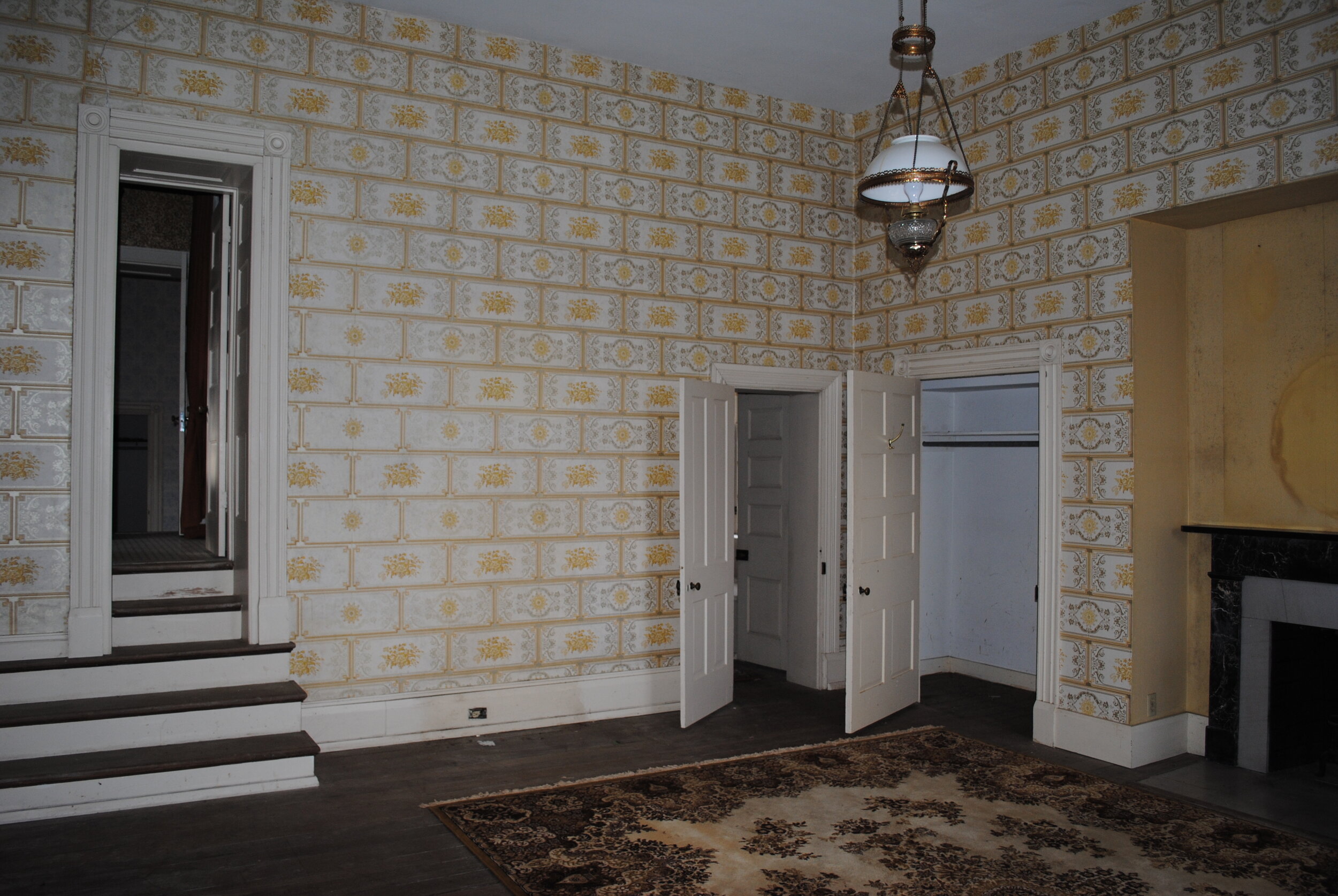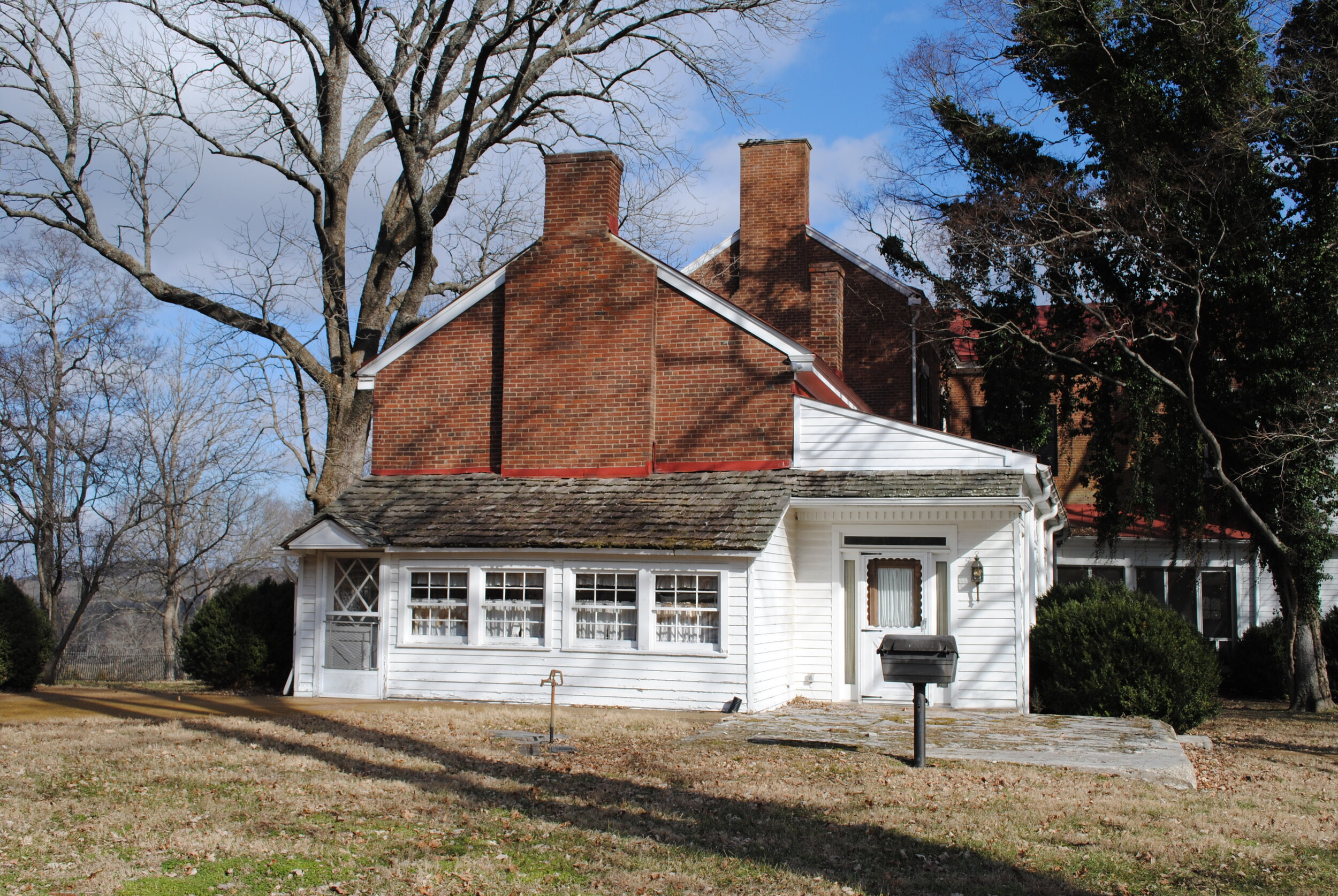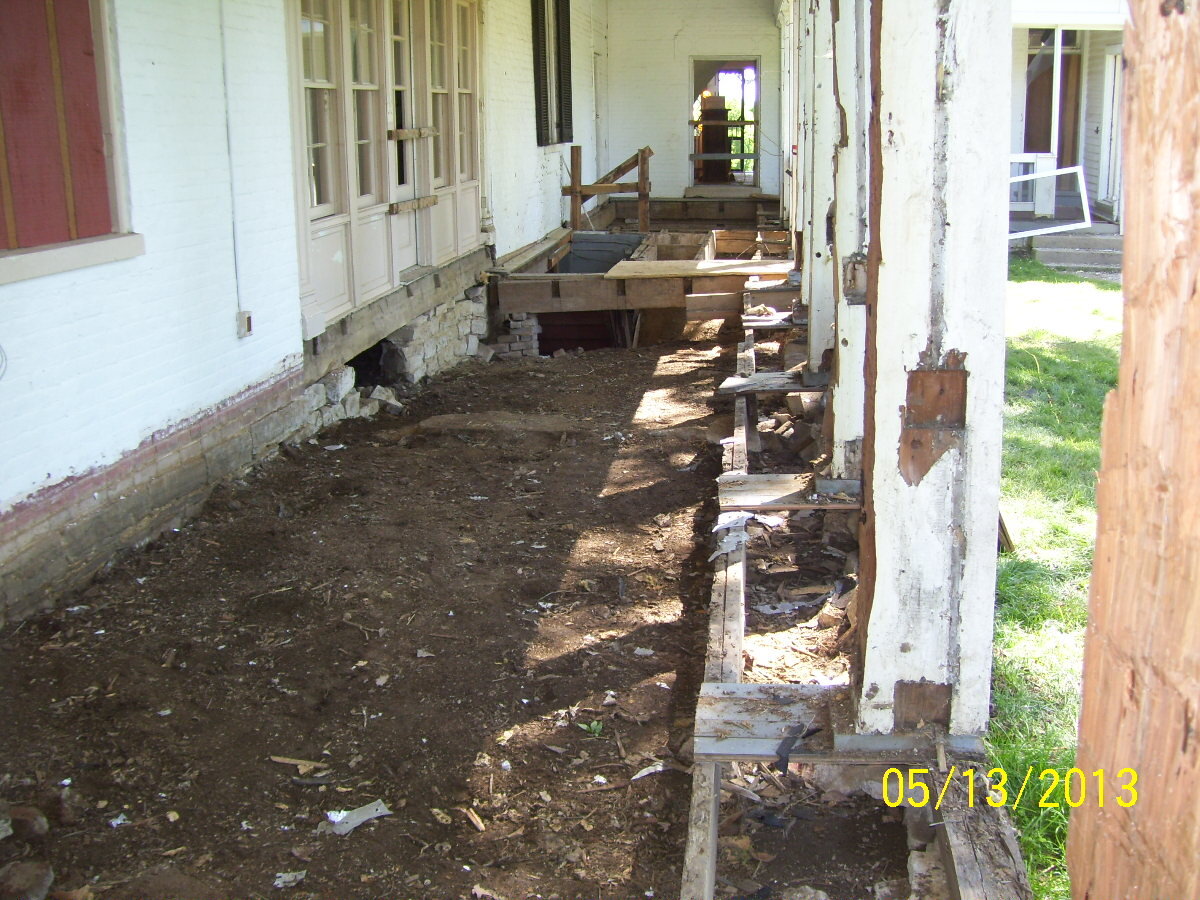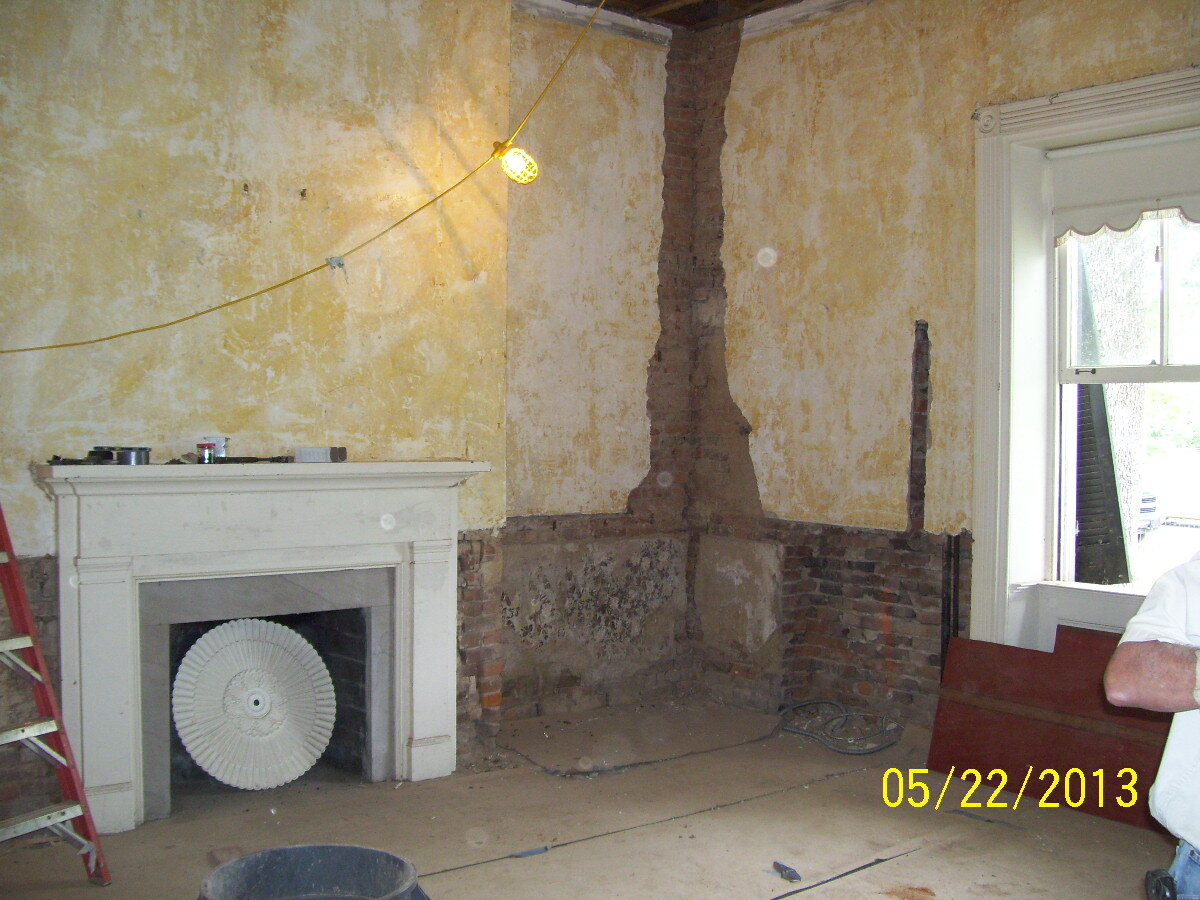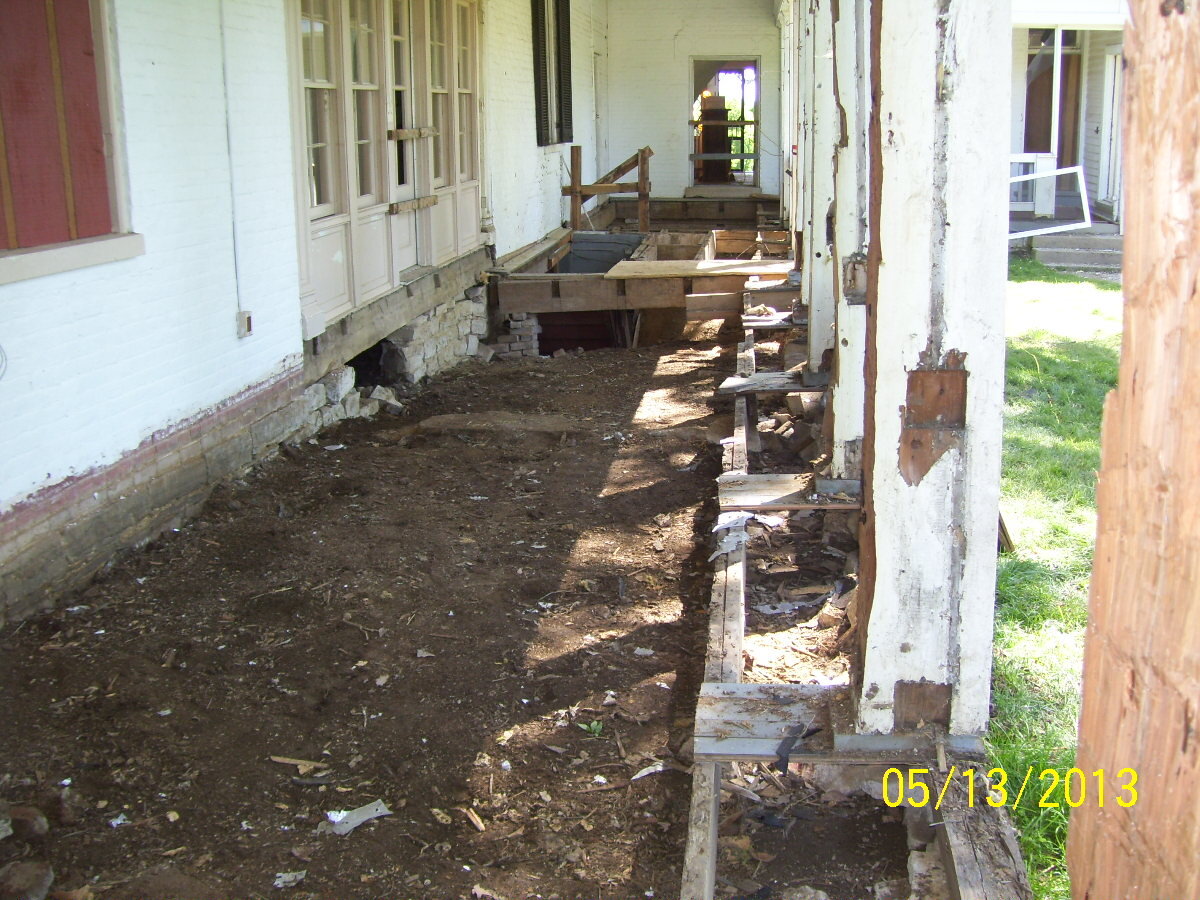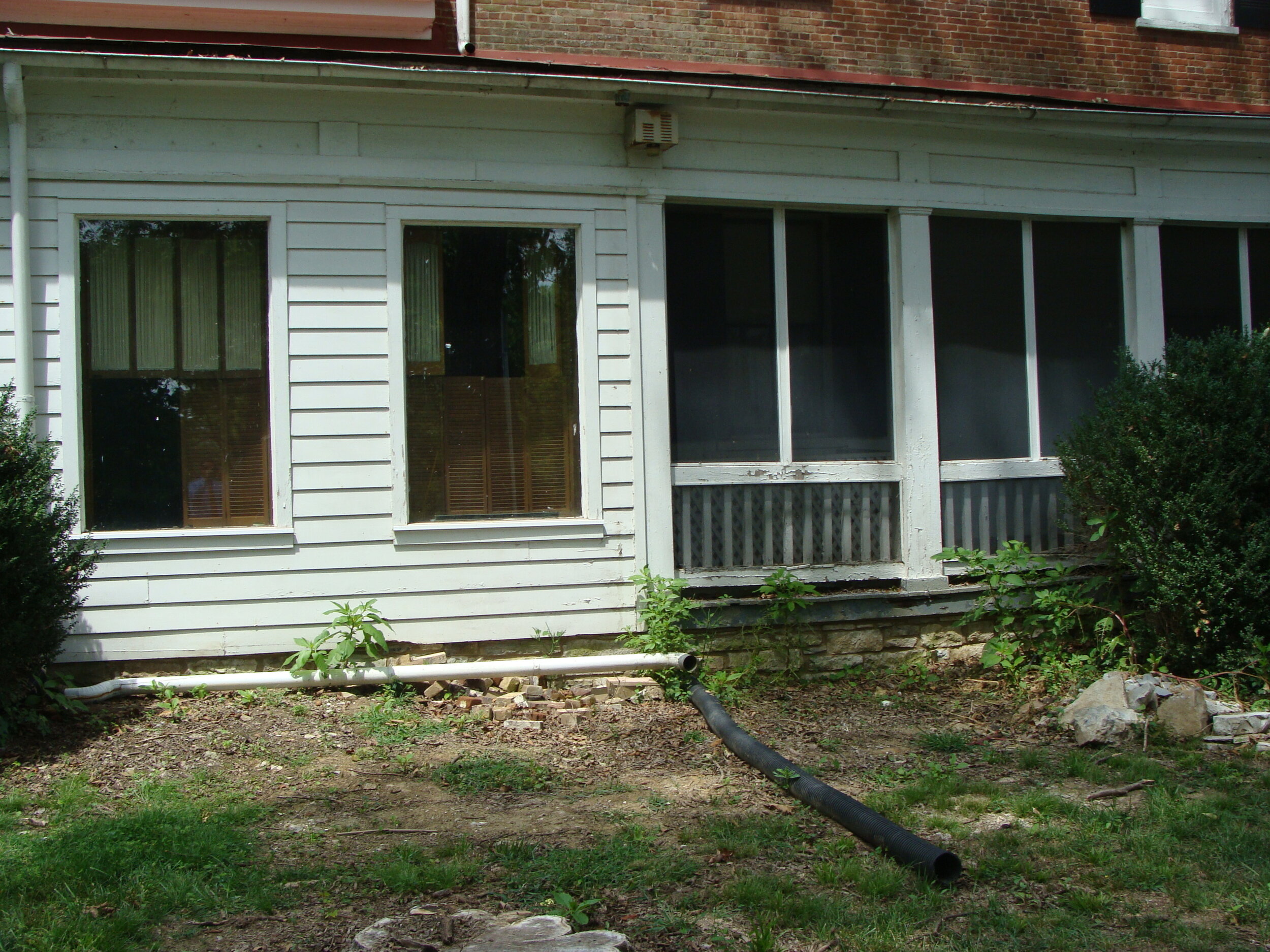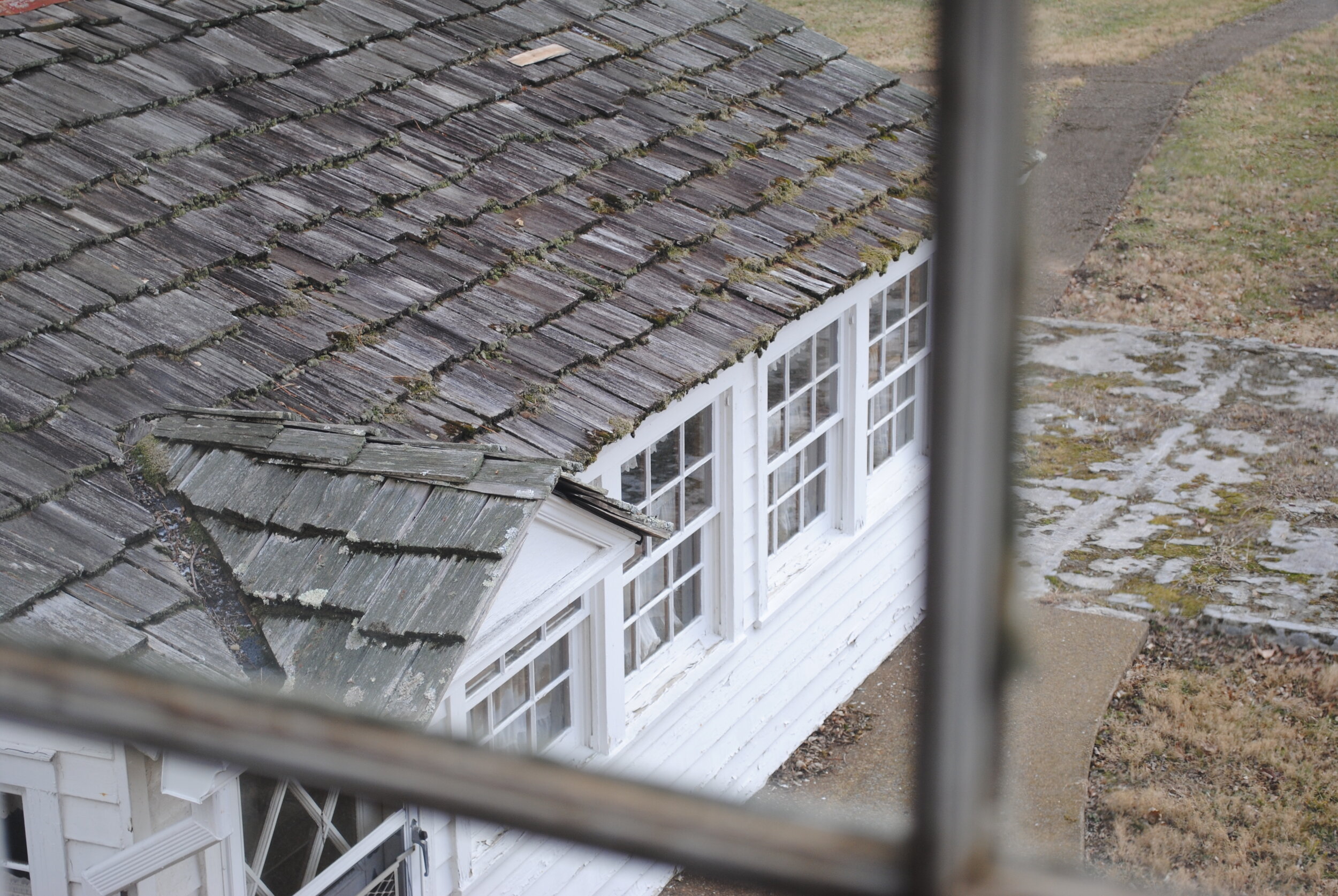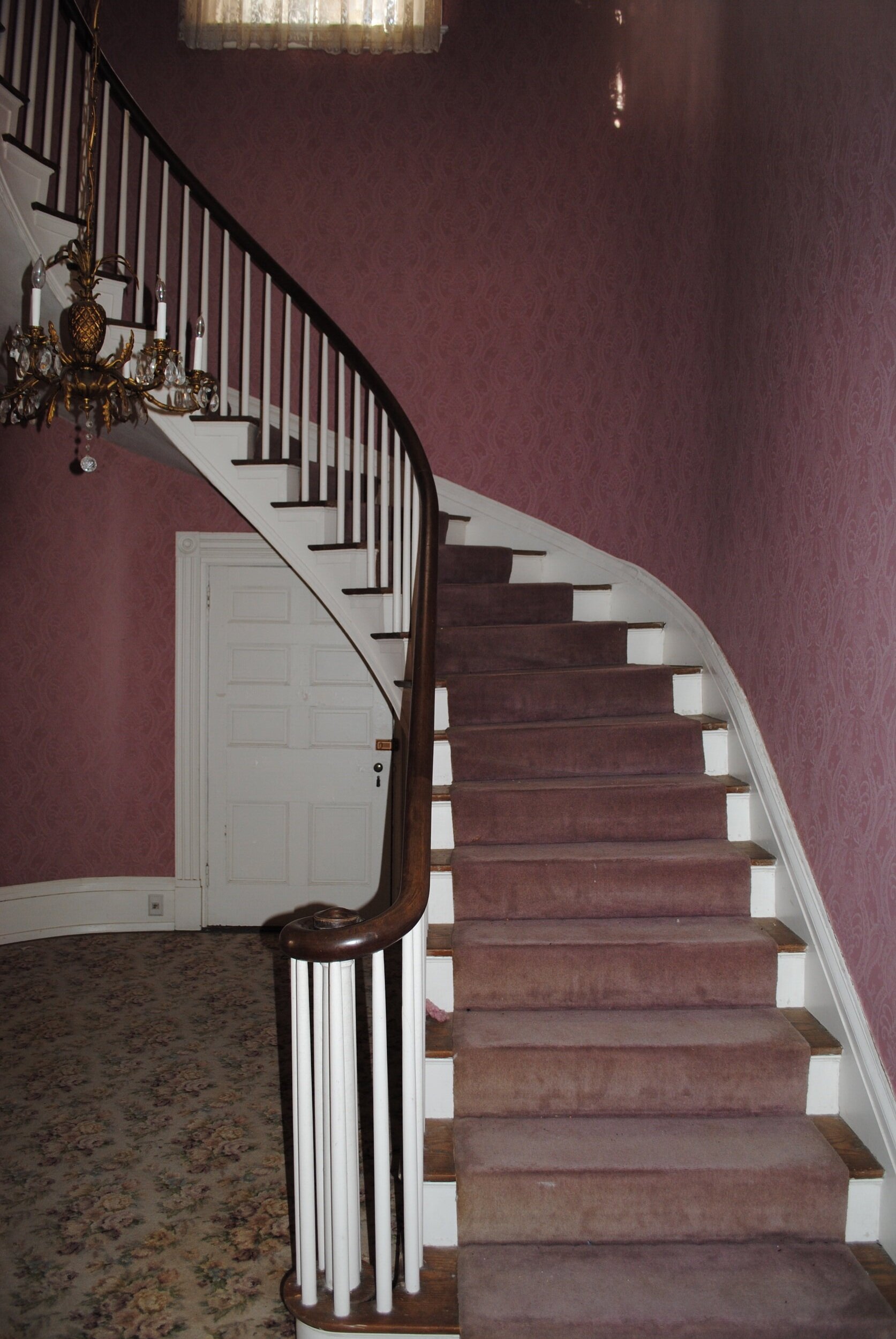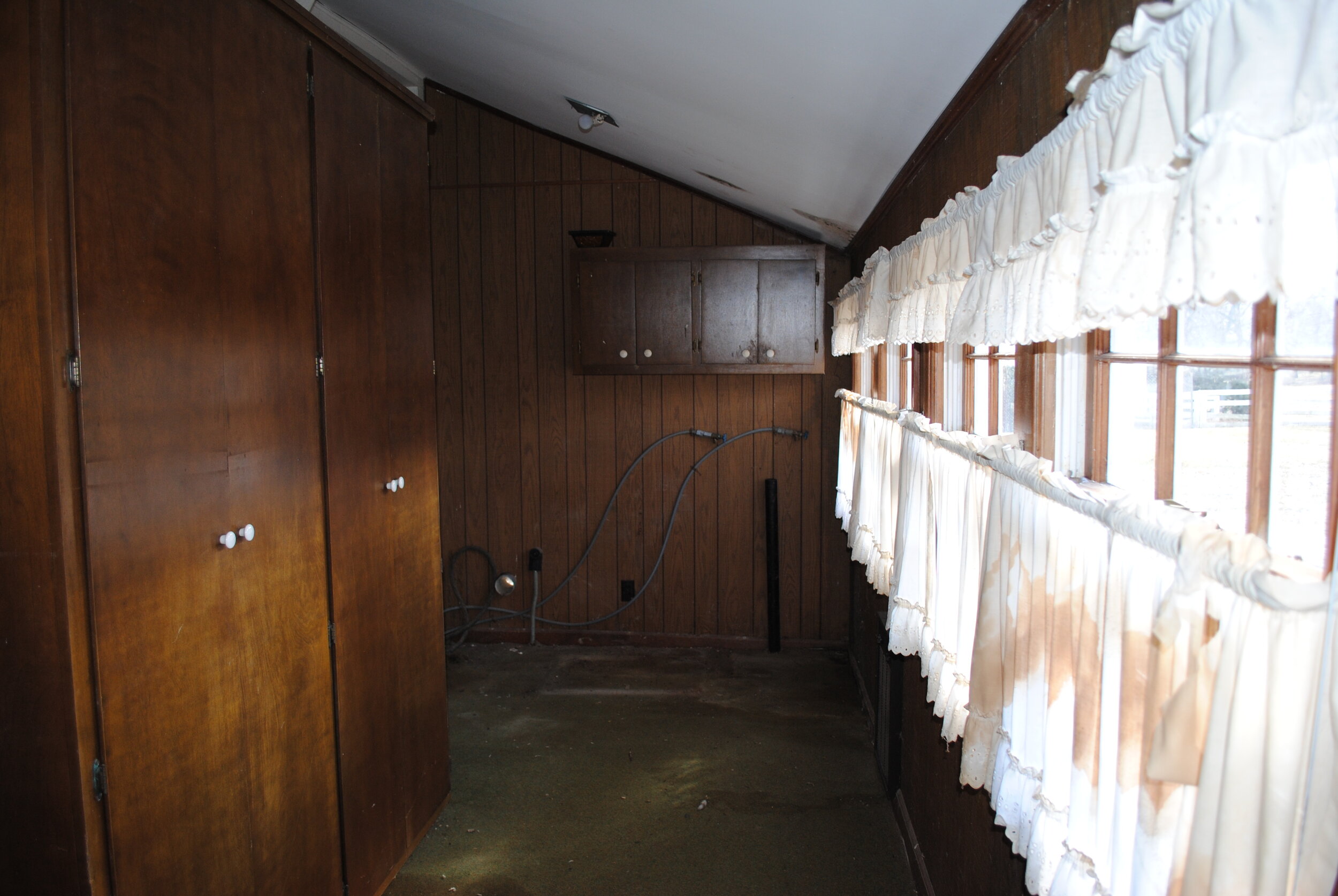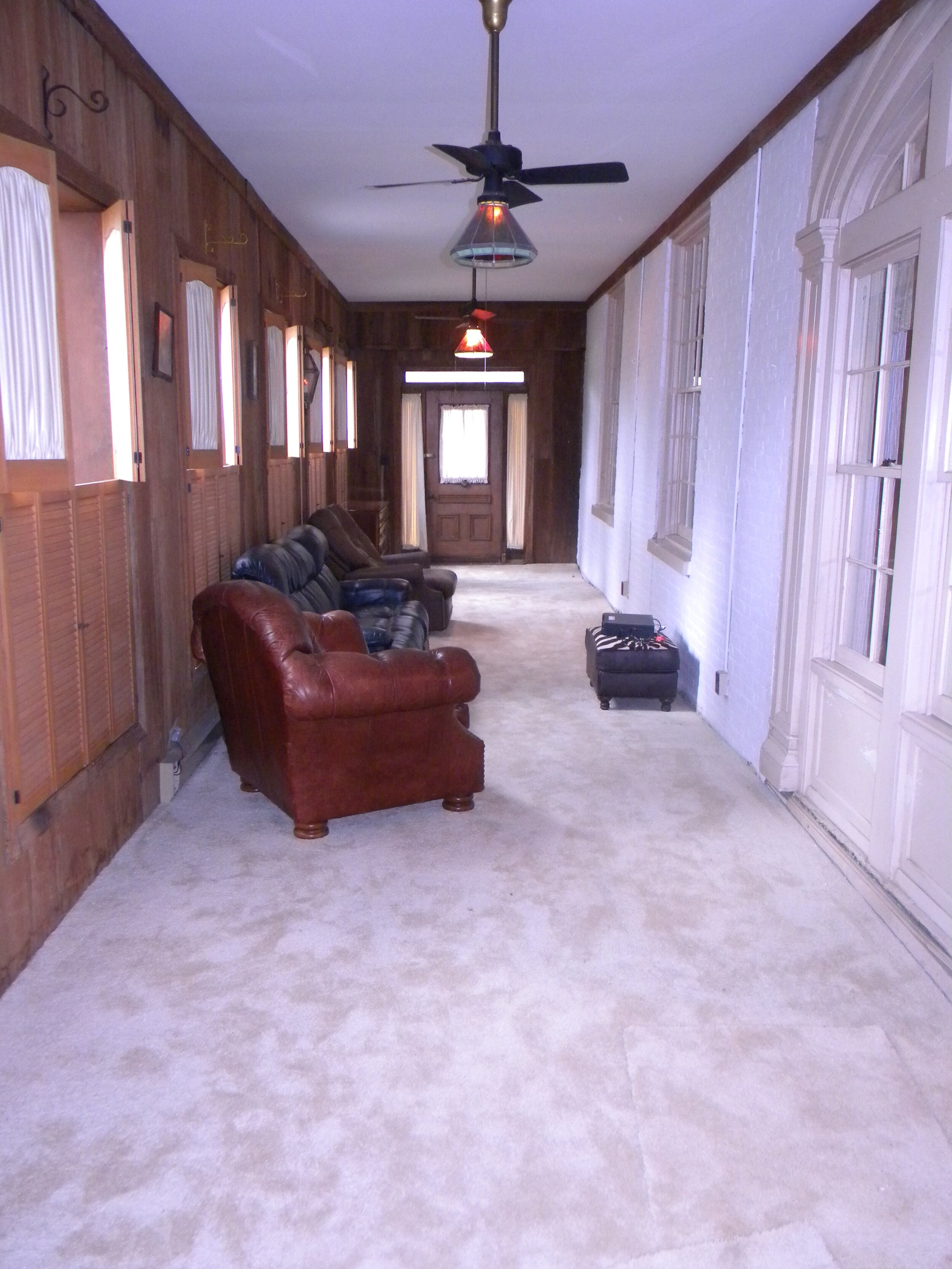The History of Ravenswood Mansion
The Raven
James Hazard Wilson II, born in 1800, was one of many children born to his parents, James Hazard Wilson Sr. and Ruth Davidson Wilson. The Wilson family arrived in America from Ireland in the mid-1700s and followed the migration trail down through the Carolinas to finally settle in Tennessee by the late 1700s.
Emeline Wilson
In March of 1821, James Hazard Wilson II married his cousin, Emeline Wilson, which was a common practice before the turn of the 20th century. Prominent Tennessee and Texas historical figure, Sam Houston, served as the best man at his wedding. Not long after, James II and Emeline were ready to put down roots. Having grown up in Williamson County, James II could think of no better place to call home and raise a family.
Sam Houston
They purchased hundreds of acres of land to establish their plantation and began construction on the Ravenswood house in 1825. As was the case with most southern plantations during this time period, it was likely that the land was cleared, the materials were fashioned, and the house was built by the hands of those enslaved. In 1830, the first census following the completion of Ravenswood, the Wilson family was counted as having five people enslaved at Ravenswood. The number of people it would take to complete such a large undertaking to build a house would require a far greater number. Therefore, historians believe that James Hazard Wilson II enlisted other enslaved labor from slave owners in the area to complete the house.
Upon completion, the home was christened “Ravenwood” in honor of their dear friend, Sam Houston, whose Cherokee Indian name was “the Raven”, most likely due to the jet black hair of his youth. Some unknown time later a “s” was added to the name, which is now called “Ravenswood”.
The house itself is a mix of both Federal and Greek period architecture. The Federal influences can be seen through the sunrise over the front eave, sunbursts over each window, and the stone blocks around the front door and corners of the house. Greek influences are visible through the tripart windows with bullseye stone lintels over every window and door. The original porch would have been much smaller, with the current style porch being added just before the turn of the 20th century. The detailed, Victorian side porch was also likely added much later between the 1880s and 1890s. Amazingly, the house still has the original doorbell right inside the front doors.
Through the years, James II became renowned for his high-quality mules, thoroughbred horses, and other agricultural stock. At Ravenswood, they also cared for sheep, swine, as well as grew crops such as Indian corn and oats. Much, if not all, of the work to care for these animals and crops would have been done by the enslaved. By 1840, the number of people enslaved by the Wilsons in Brentwood increased to 19. The known names of those enslaved were: Jerry, Peggy, Newsom, Rebecca, John, Fanny, George, Catherine, Berry, Susan, Thomas, Nelson, and Lucreasey “Creasey”.
Apart from his plantations, James Hazard Wilson II had many business ventures throughout the Brentwood area. Wilson Pike, originally called the Harpeth Turnpike, was a toll road built by the Harpeth Turnpike Company around 1840. James H. Wilson II became the majority stakeholder in the Harpeth Turnpike Company. In the early 1850s, James and several other wealthy Middle Tennessee landowners raised enough capital to build the railroad (the line that presently crosses Concord Road near Brentwood Baptist Church) that would pass through Brentwood giving the area life. When the railroad came through, commerce and population growth began in the area of the current Franklin Road. The railroad that runs in front of Ravenswood today was not a part of the railroad at that time.
By 1850, James Hazard Wilson II was one of the wealthiest individuals in the state. He maintained large plantations not only in Tennessee, but also in Louisiana, and Mississippi. That year, the Federal Census recorded him owning 2,000 acres of land in Brentwood alone. With the opening of land west of the Mississippi River, James II acquired a steamboat line along the Mississippi River. The steamboat route cut the time it took to get cultivated cotton and other crops from the plantations to the markets in New Orleans from months to merely days.
James II and Emeline had nine children. There were eight boys - Samuel, Franklin, James III, George, Jason, Robert, Richard, and Walter - and one girl, who held Emeline’s namesake. Although James II owned other plantations, Ravenswood was used for their family home most of the year.
Oak Hall
James II used a portion of his considerable wealth to have two other stately mansions built on the Ravenswood Plantation for two of his sons. In 1845, James II gifted his oldest son, Samuel, 300 acres of the Ravenswood property and had a large estate built as a wedding present upon his marriage to Lucy Ann Marshall. The house would be called Oak Hall, also known as Century Oak, and was named such because it was built in a grove of large White Oak trees just to the north of Ravenswood along Wilson Pike. The Oak Hall house itself was considered by some to have been the most beautiful of the three Wilson homes when it was in its original state. The exterior featured twin chimneys tied together with parapet walls extending above the roof. The house was three stories with a gorgeous spiral staircase that led all the way to the third-floor ballroom. In the spring of 1904, the third story was blown away during a storm. A hip roof replaced the straight roof when it was repaired. The Oak Hall Plantation was like that found at Ravenswood and kept a large number of animals, which included horses, donkey, mules, sheep, and pigs. Again, likely all were cared for by enslaved labor.
Samuel and Lucy Ann had two children together, Lulie Byrd and Anna Mae Wilson before Samuel died in 1851. Shortly after his passing, Lucy married one of Samuel’s brothers, Frank Wilson, in 1853. The practice of marrying spouses’ siblings after they passed away was also very common in that time. They continued to live in the home for many years and had two children together, George Rogers Clark Wilson and Fannie.
One of the most fascinating stories around Oak Hall happened during the Civil War. It was a common occurrence after the fall of Nashville in the spring of 1862 for Union Troops to forage in the area and confiscate livestock. Frank and Lucy had thoroughbred horses that they knew would surely be confiscated by Federal troops if found. On more than one occasion, they blindfolded the horses and led them up one flight of stairs and stored them in the second-floor ballroom until the troops had passed. Remarkably, the house still stands today in the Oak Hall neighborhood and is owned by a Wilson descendant. The hoof prints can still be seen on the grand staircase today.
Harpeth: Inglehame
In 1858, James II built another mansion across Wilson Pike to the east for his son, James III, upon his marriage to Virginia Zollicoffer. Virginia was the daughter of Felix Zollicoffer, a United States Congressman from Tennessee. This mansion was originally named “Harpeth” due to the spring that feeds the headwaters of the Little Harpeth River. It was renamed "Inglehame" in 1938 after the ancestral home of the new owners, the Vernon Sharp family.
Virginia Zollicoffer
Inglehame Mansion
The 1850s also brought tragedy to the Wilson’s personal life. Of their nine children, five died in just five short years. Mentioned above, their oldest son, Samuel, died of a heart attack in 1851. However, just less than a year later in 1852 the youngest of the nine, and only daughter, Emeline, died. In 1854 they lost two more sons, Jason and George Washington. In 1856 the youngest son, Walter, who was deaf and mute from infancy from Scarlet Fever, died at 14 due to an accidental gunshot wound. Emeline, having a special bond with her youngest son, is said to have already known something happened to her son even before the news was confirmed. After five children passed away in such a short period of time, Emeline passed away only four years later, in 1860. Many say she died of a broken heart. Emeline is buried in the Wilson cemetery near Oak Hall.
By the 1860s, the last census recorded before the Civil War, the Wilson family were recorded to have 55 enslaved people. The known names on record were Caroline, Mary, Irving, Ellen, Lucy, Harriet, Anderson, Frances (Fanny), Berry, George, Little Harriet, Amanda, Thomas, Sarah, Rufus, Cassey, Victoria, Moses, Henry, Nelson, Lucreasey “Creasey”, Owen, and James. By this time there were eleven dwellings on site to house the enslaved, as well as a brick, two-story detached kitchen. The kitchen would have been used to house the plantation cook and possibly her family. Unfortunately, the building was torn down in 2016 due to unstable conditions. Two of the cabins for the enslaved were also constructed of brick material and still stand today. The interior walls were originally plastered, and the floors were made of poplar wood. Both cabins have fireplaces with the original mantle in the east cabin. Brick was used to prevent fires from spreading to the main house. The cabins would have housed those who worked closely with the family or needed access to the areas surrounding the house often. The other dwellings were constructed of log material and set at a distance to the main house. These would have likely housed those working in agricultural roles, like the fields or tending to crops.
The Civil War
When the Civil War began in the spring of 1861, James III left to join the Confederate Army. Meanwhile, his father, James Hazard Wilson II, spent more than $10,000 equipping a company of men in Brentwood that would become part of the 20th Tennessee Regiment. When the war was over, James III returned home to find affairs at the old home vastly changed from former days. The vast holdings of James II were quickly swept away and he never recovered. He died in August 1869 at the home of his son, Frank, at Century Oak. Three other sons, Robert, James Hazard III, and Richard survived him. By 1873, it became necessary for James III to move to Nashville to find work and provide for his family. Inglehame passed from the Wilson family hands in 1877.
After the war
Following Reconstruction, it was a common practice for those enslaved to take the last names of their white masters. In the 1870 census, James H. Wilson III was still living in Brentwood, possibly at Inglehame. Also living close by were some African American residents with the last name of Wilson. It is most likely that those were people who had been enslaved there and took the Wilson name. One former slave of the Wilsons, Nelson Wilson, also mentioned in the 1840 Wilson census records, appears on the record in 1870 as “freed” and he legally married his wife, Lucreasey, on December 8, 1865. Nelson Wilson remained in Williamson County until his death in 1883.
The Smith Family
The Smith Farm
Throughout the years, many families called Ravenswood home. In 1961, Reese and Marcella Vivrette Smith Jr. purchased the historic home and 500 acres surrounding it, recreating a portion of the original plantation. The Smith family spent countless hours lovingly restoring the home to return her to her former beauty. The history of the house was always in the forefront of any renovation or addition to the property - lending to its listing in 1983 on the National Register of Historic Places (#83003073). Mrs. Smith even displayed a portrait of Emeline Wilson in the front parlor, which is still there today. Over the years the Smith family hosted many prominent businessmen and politicians of the state and national level to enjoy Ravenswood and its surroundings. Mr. and Mrs. Reese Smith, Jr. raised three sons at Ravenswood – Reese III, Steve, and Mark. After Mr. and Mrs. Smith, Jr. passed away the home remained vacant for several years but was still well maintained and cared for by the sons.
A Change of Hands
In January of 2009, the Smith brothers approached the City of Brentwood to begin discussions about the potential of selling and preserving the property for future generations. For almost two years the City Commission and staff had discussions with the Smith family about the potential for a new park on the southern edge of the City. In November of 2010, the Commission voted to purchase 320 acres of land, which included the historic Ravenswood home to establish the Marcella Vivrette Smith Park in Mrs. Smith’s honor. This would mark the single largest land purchase ever by the City of Brentwood.
Following that acquisition, the Commission voted in 2013 to purchase an adjoining 80-acre parcel from the Smith family, bringing the total land area to approximately 400 acres.
Below is a gallery that shows the historic house while it was in the restoration phase between 2010 and 2015.
Today at Ravenswood
Our mission today is preservation and education. The City and the Brentwood Historic Commission are continuously researching the history for both the Wilson family and those enslaved there, to be able to share the fuller story.
Preservation of the historic assets at Smith Park, which include the Ravenswood Mansion and the brick dwellings for the enslaved, has been a priority since the city acquired the land in 2010. The City of Brentwood spent nearly $150,000 in 2019 to restore the slave cabins to make sure future generations learn about the complete history of Middle Tennessee and the sacrifices of many.
Each year the Heritage Foundation of Williamson County presents awards in multiple categories to recognize the best in preservation efforts across Williamson County. The 2020 Preservation Through Restoration Award was presented to the City of Brentwood for its work on restoring the two brick dwellings. The primary goal of the project was to return the structures to their earlier appearance.
We encourage you to reach out if you have any questions about the Ravenswood Mansion history or if you would like to join our research efforts. Please email us at info@brentwoodtn.gov.














